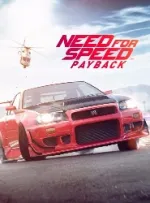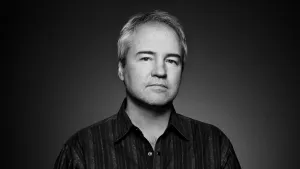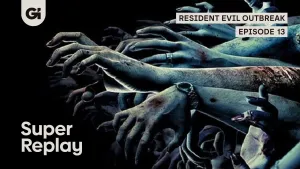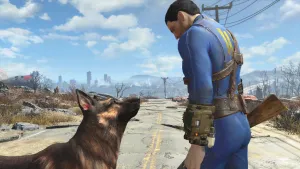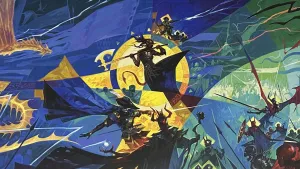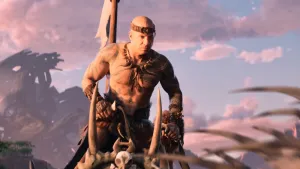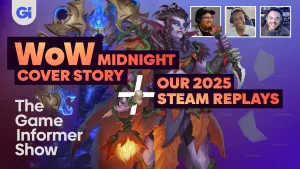Our extra-large special edition is here. Subscribe today and receive the 25% longer issue at no extra cost!
Need for Speed Payback
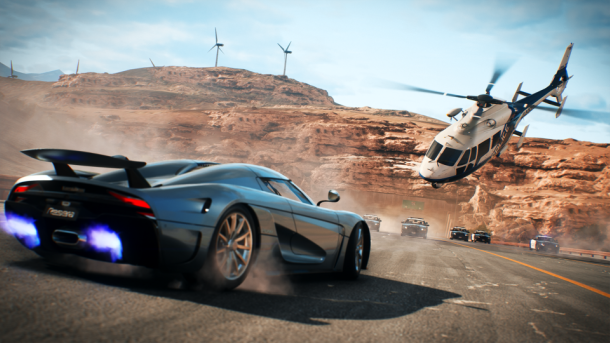
The essence of Need for Speed has been something that Marcus Nilsson, executive producer of Need for Speed Payback, has been considering even now a few weeks before the game’s release.
“I think a lot of the DNA just comes down to cars, driving it at 200 miles per hour in the city, you’re drifting through corners, cops are on you, your friends are with you,” Nilsson paused, considering where he was taking the list. “DNA is not the right term for it, I think, but that’s the core of Need for Speed.”
The core he describes does provide an accurate summation for Need for Speed Payback, the first game in the series to heavily feature a single-player campaign since 2011’s Need for Speed: The Run. Within minutes of starting, you’re playing as Tyler, the city’s best street racer, fleeing from the cops at the highest possible speed and doing your best to put them against the wall.
Tyler and his crew have decided that they’re going to rip off a gambler, known as The Gambler, who has bet a large sum of money on Tyler’s street racing prowess, supplying him one of the world’s fastest cars for Tyler to bring home a win. Tyler absconds with the car, only to be betrayed by his middle-man. After getting caught, Tyler ends up making a deal with the Gambler in service of getting revenge and must reassemble his crew a year later for payback.
While Need for Speed Payback is an open world game, the preamble before you get there is fairly long. You live Tyler’s life while he works for the Gambler, bringing him cars, driving home, and starting the long process of taking on the organization that betrayed him. It takes a few hours to get to what resembles the Nevada deserts and begin the open world gameplay, the path to which is littered with qualifying races and a story that takes too long to get started.
When you finally get to the open world, the gameplay loop officially begins. As multiple characters, Tyler and different members of his crew, you tackle questlines that almost always involve meeting with the bosses of certain street racing styles and beating them at their own game. When you win a race against a boss or any of their toadies, you get a piece of equipment for your car with a level of strength represented by cards.
“We like to call it a CarPG,” Nilsson states, clearly proud of the name. “Customization is at the heart of this game. To take on the bosses and the story, you need to win races, you need more customization parts, and you need to make your car work for you.”
The cards all feed into a larger number, or level, for your car. When you take on a race or other kind of mission, your current car level is shown next to what the mission wants. You can proceed to try, anyway, but you can find yourself getting smoked fairly easily. While I was able to get by on skill alone by simply completing the questlines and leveling up that way, the developers have explained that you will need to actively engage in the customization and cards later on or you will stand no chance.

This is where my enjoyment of Need for Speed Payback kind of breaks down on the side of the road. By just participating in the story races and going back and doing a few with the different characters again, my number was not close to what the bosses of the questlines demanded. It took a few tries and more than a few shortcuts to do it, but I am not eager to see how future bosses will behave when my numbers do not quite measure up.
Theoretically, had I just gone through to older races and redid them enough, my number would have gone up enough to not only race evenly, but beat the bosses handily. That is, at very least, tedious. That level of tedium also got me curious whether these cards are just buyable.
“Well, there are Premium Shipments,” explained Nilsson. “They don’t give you better cards than you would get from racing, but you get more cards. It’s a time saver. People who do not have the time can buy those.”
I did not end up finishing the second chapter after leaving the desert, but I kept running into the same problem during my time playing there. My number was not matching up to what the game wanted by simply equipping whatever I won through the story, which is also a random drop at the end of missions, and I found the idea of going back to it to be unattractive.
The game design seems structured to make the player want to pay for Premium Shipments in hopes of just avoiding having to redo races. It is not egregious, as you can simply grind around the problem by redoing races, which is really the primary mechanism of the game. The problem is I was not having fun doing so, and the use of tedium to encourage people to spend money is not endearing me to the game.
Aside from that aspect, my time with Need for Speed could be fun, and the Fast & Furious-style heist mission at the end of the first chapter where the crew stole a car from the back of a truck was notably entertaining. It is just a problem that these event missions are given as rewards for getting through the rest of the chapter rather than making up the core of the game. Hopefully my fears are proven wrong when the full game releases on November 10 for Xbox One, PlayStation 4, and PC.

Get the Game Informer Print Edition!
Explore your favorite games in premium print format, delivered to your door.
- 10 issues per year
- Only $4.80 per issue
- Full digital magazine archive access
- Since 1991
